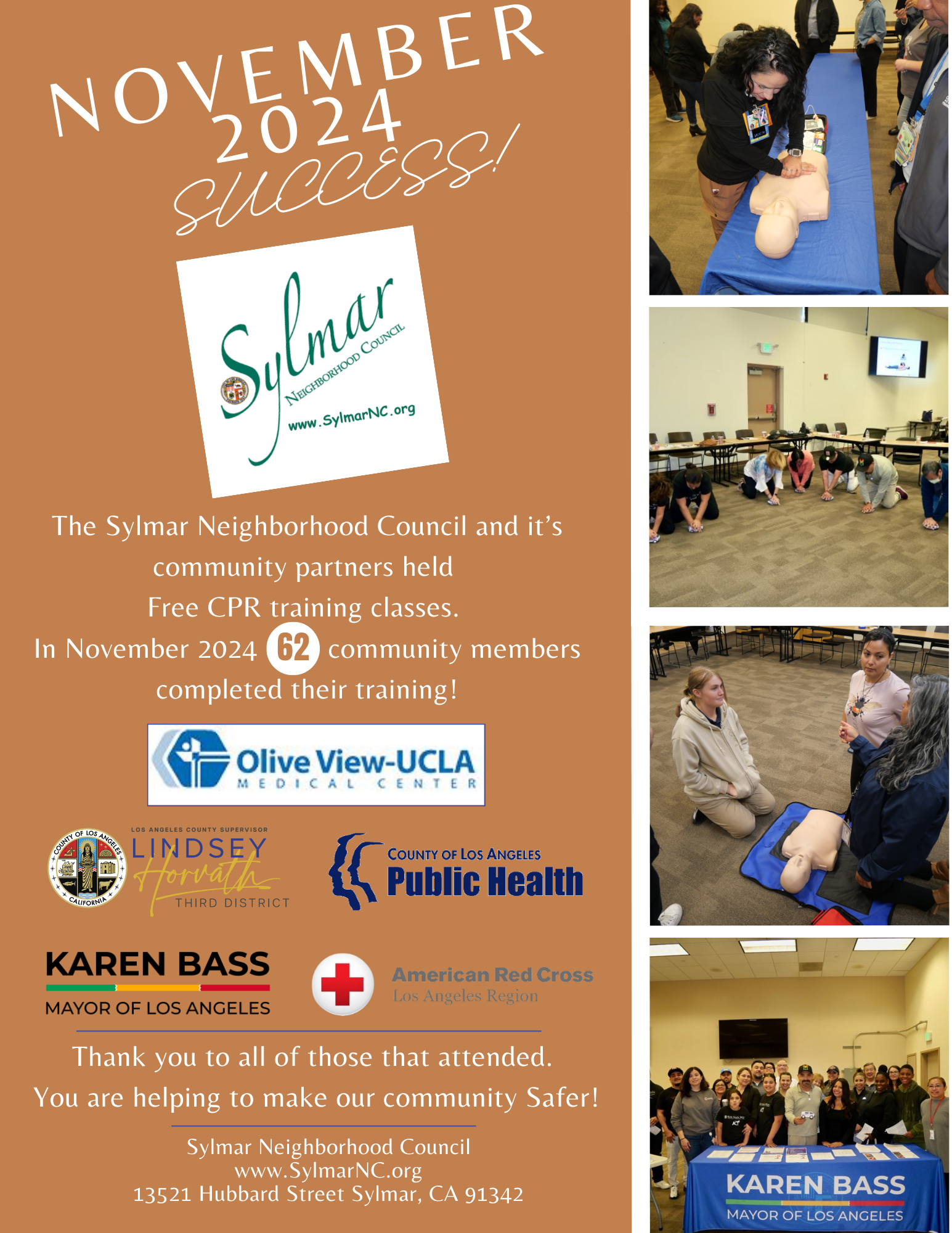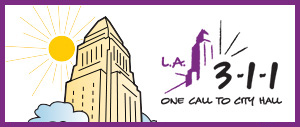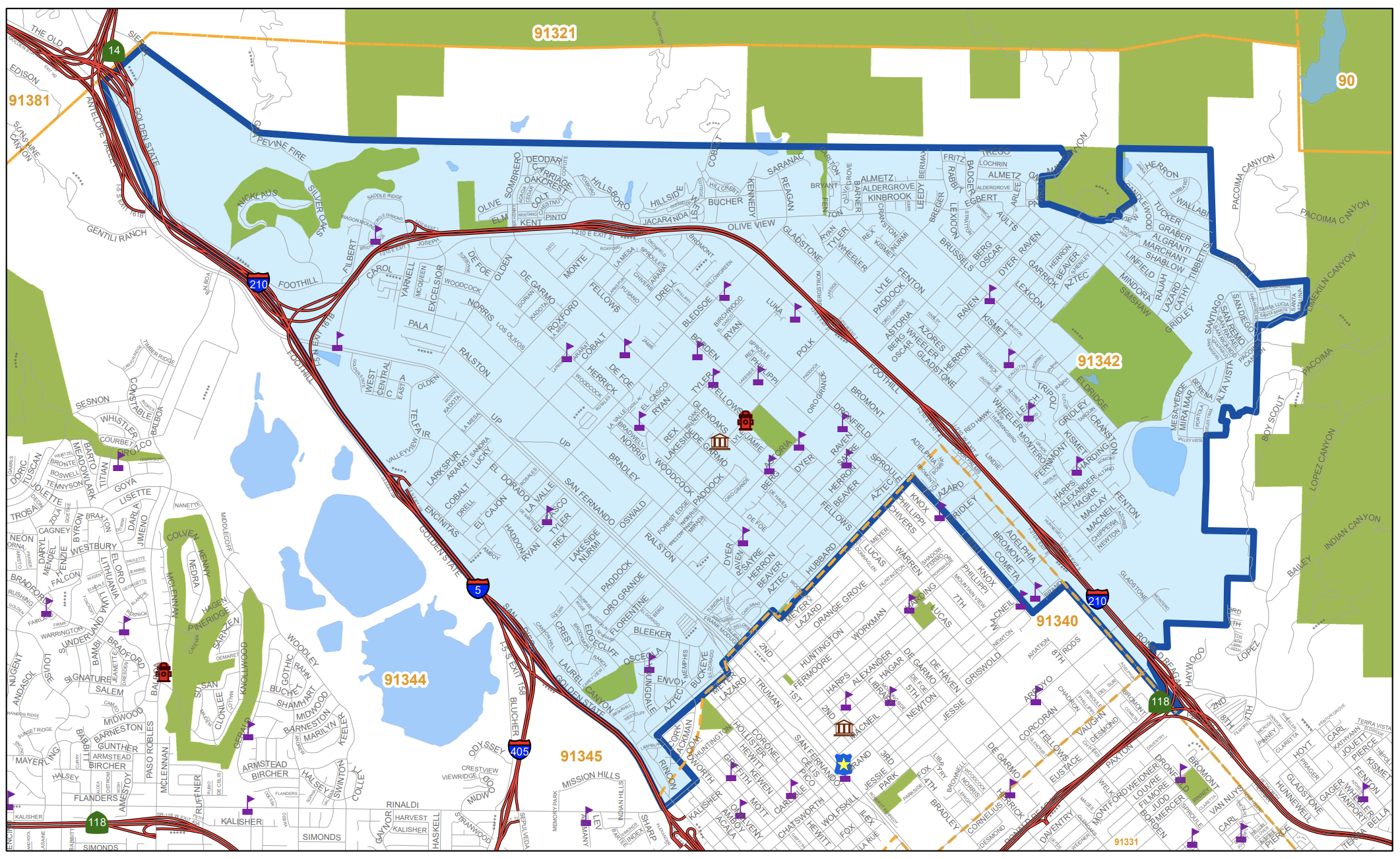-
(818) 833-8737
13521 Hubbard St.Sylmar, CA 91342
- Login
Coyote Breeding Season has started • WARNING •
Posted on 02/26/2024

Article Credit:
LAist, Sam Benson Smith
California coyotes breed in January, February, and March. Gestation takes about two months, so pups are born in March through May. Both natural cycles can cause changes in behavior, according to Elizabeth Miller, staff biologist at the U.S. Department of Agriculture’s Wildlife Services headquarters.
Coyotes may be more emboldened during these times, venturing into areas with more human activity and even seeking shelter and possible spots for their dens right in your backyard.
“There may not be other suitable alternatives, you know, a park may be the most green space and an area of backyard may be the most green space in an area,” Miller said. “So you do see those interactions increased, the more densely populated an area is, just because the overlap is so much more. ”These behavioral changes can all spell peril for pets. A coyote’s perspective on our domesticated pals isn’t a particularly kindhearted one.
“To a coyote, a pet is either a territorial threat or an easy meal,” Pellman said.
Here's what to do if you encounter bold coyotes
Well first, be mindful of your surroundings. At first glance, you might clock a roaming coyote as a neighborhood dog off-leash. Or you might gauge their lack of interest as a one-off encounter. But that incident is unlikely to be isolated.
As Miller told us: “If there's one in the area, there's likely another one."
Then, there’s action. “Hazing” is a tactic used to ward off coyotes, but it can come in different forms, both active and passive. During an encounter, even a seemingly subtle one, you should be the bold one.
“Be aggressive in a way that is safe for you,” she said. “Shouting, trying to make yourself look big, you want to make sure that you appear as an adversary, that the animal weighs the risk of taking [you] on and decides not to…Make yourself look big, get on a rock, open your jacket, things of that nature.”
Take these steps to prevent those encounters
Prevention is also key. Making your home unappealing to the ol’ canis latrans can be crucial.
“Pick up any fallen fruit, make sure that they're not able to get into your trash. And bring your pets inside at night. Keep an eye on your pets,” Pellman said. “You might even want to clear away bushes and brush that can form, kind of cover for rodents, rats, mice, squirrels, those all attract coyotes.”
And reporting sightings can give your local agencies a better idea of species activity to inform possible intervention, if necessary.
“Your first stop is your city,” Pellman said. “If you live in an incorporated city, inform the city. If you don't live within an incorporated city, then your county government is your next stop.”
And if your encounter turns into a dangerous one, “that’s 911 time,” per Pellman.
Article Credit:
LAist, Sm Benson Smith

SUCCESS!! SNC Provides CPR training

MyLA311
Upcoming Meetings & Events

My LA 311

Area Boundaries and Map
View our neighborhood council boundaries for which we deal with.

EMPOWER LA

NEIGHBORHOOD COUNCIL CALENDAR & EVENTS
The public is invited to attend all meetings.

NEIGHBORHOOD COUNCIL FUNDING SYSTEM DASHBOARD

SUBSCRIBE TO NC MEETING NOTIFICATION


